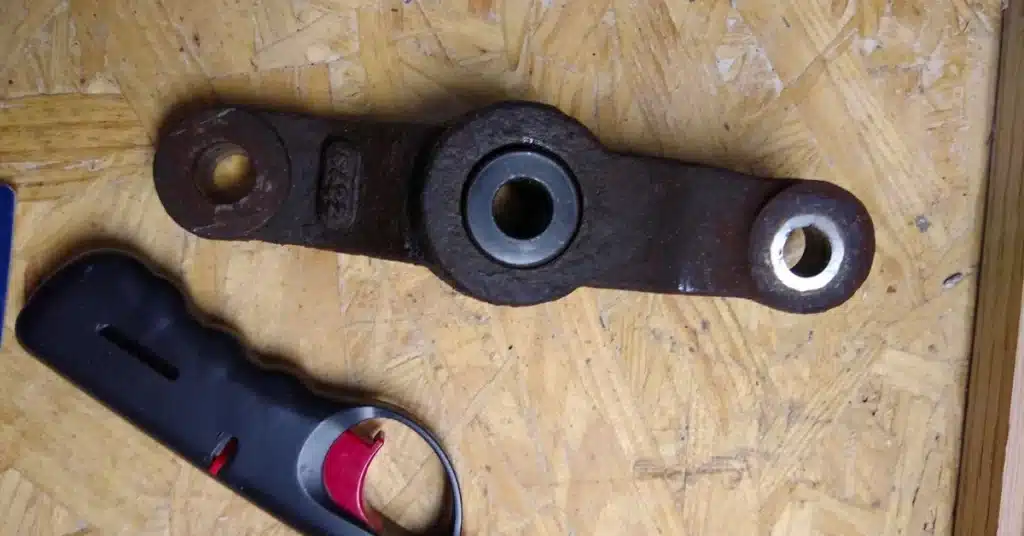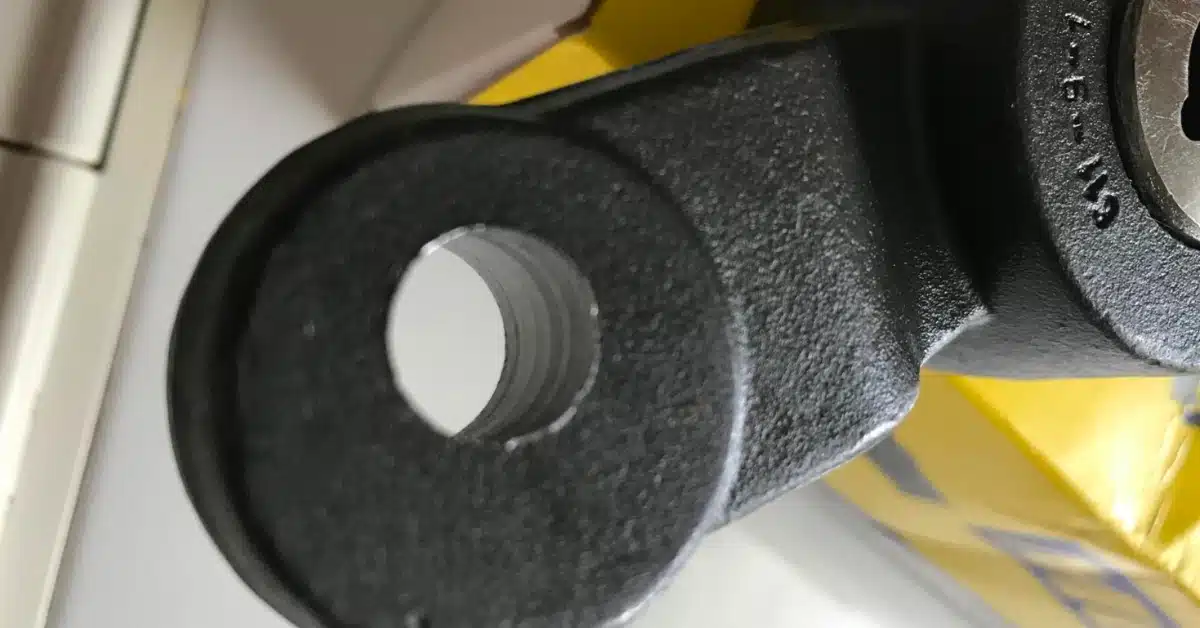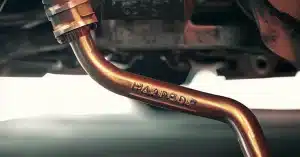Watts Link and Panhard Bar are two prominent suspension systems for cars. However, when it comes to picking one for your vehicle, more often than not, you might get confused about which one to choose and what not.
For your convenience, I have discussed Watts Link vs. Panhard Bar in detail so that you learn more about their distinctive features and decide which would be better for your specific car.
Keep on reading below to find out all the differences between Watts Link and Panhard Bar before buying one for your car.
Read More: Panhard Bar vs. Track Bar
What Is Watts Link?
A Watts Link, also known as a Watt’s mechanism, is a type of suspension system used in vehicles to control lateral movement of the rear axle. It is used in the rear axle to allow the car to travel vertically.
Without this suspension mechanism, you cannot enjoy better handling and stability when you face bumps and road irregularities during driving.
Invented in 1784 by James Watt, consists of two links of equal length and a central “bell crank” to provide incredible stability and comfort during suspension travels.

What Is Panhard Bar?
Panhard Bar, also known as a Panhard Rod, is a suspension component used in vehicles to prevent side-to-side movement of the axle and keep it balanced.
Better fit for coil-spring or 4-link suspension systems, this suspension mechanism controls the lateral movement of the axle and prevents excessive side-to-side movement during travel.
Invented by the Panhard automobile company in the early twentieth century, this suspension system gives you incredible control over your vehicle, especially on bumpy roads.
Read More: J Bar vs. Panhard Bar
Watts Link vs. Panhard Bar: Quick Summary
There are more than a few differences between Watts Link and Panhard Bard. I have listed these differences for you to have a quick glance at.
| Properties | Watts Link | Panhard Bar |
| Use | Keep the axle centered under the vehicle | Prevent side-to-side movement of the axle |
| Attachment Points | Two near-horizontal links | Single link attached between the chassis and the axle assembly |
| Maintenance | Requires regular maintenance | Low maintenance |
| Compatible Vehicles | Suitable for high-performance vehicles | Off-road and performance vehicles |
| Cost | More expensive | More affordable |

Read More: Panhard Bar vs. Sway Bar
What Are The Differences Between Watts Link And Panhard Bar?
Let me discuss all the differences between Watts Link and Panhard Bar in detail so that you have an even better understanding of them.
Use
Both the Watts Link and Panhard Bar are used to provide better suspension in your car. However, they are completely different from one another.
For starters, Watts Link is used to keep the centered under the vehicle. This suspension system comes with a center pivot bar (the Watts link bar) placed horizontally and parallel to the car’s rear axle.
This link controls the lateral movement of the rear axle and keeps it in a stable lateral position for a safer driving experience.
Similarly, the Panhard Bar is used to control the lateral movement of the axle and prevent any side-to-side movement.
By preventing such unnecessary movements, this suspension system keeps the care balanced and in place during travel.
Attachment Points
One thing that makes the Watts Link and Panhard Bar suspension systems completely different from one another is their attachment points.
Watts Link suspension mechanism features two near horizontal links and a center pivot to work its magic on your vehicle. The purpose of these links and the pivot is to keep the rear axle centered under the vehicle during vertical movement.
On the other hand, Panhard Bar suspension comes with just one link to provide the required suspension to your vehicle.
As one end of this link is attached to the axle, and the other end is to the frame or chassis, it helps the rear wheels to move up and down and provide the required suspension during suspension travel.
Compatible Vehicles
Both Watt Link and Panhard Bar work differently, and therefore, they are fit for different types of vehicles.
Because they have two links designed for smoother and more controlled suspension performance, this suspension system is best for high-performance vehicles.
On the other hand, Panhard Bar is mostly used on off-road and performance vehicles to keep them balanced during bumpy rides.
Cost
As Watts Link is designed for more high-performance vehicles and also has a complex mechanism, this suspension system is pretty expensive and also needs regular maintenance.
However, relatively, the cost of installing a Panhard Bar is quite affordable. You won’t have to cut deep into your pocket for this suspension system.
Is a Watts link better than a panhard bar?
Both a Watts link and a panhard bar have their advantages. A Watts link provides better lateral axle control, reducing lateral movement during suspension travel, leading to improved handling and stability. A panhard bar is simpler and can be effective for many applications, but it may have limitations in controlling lateral movement compared to a Watts link.
Is a Watts link better?
A Watts link offers superior lateral axle control compared to some alternatives like a panhard bar, resulting in improved handling and stability during suspension travel.
What are the disadvantages of the panhard bar?
A panhard bar can create lateral movement in the axle during suspension travel, potentially affecting handling and stability. It might also lead to more side-to-side axle movement on uneven surfaces.
What are the disadvantages of the Watts link?
A Watts link can be more complex and expensive to design and install compared to a panhard bar. Its effectiveness may also depend on proper setup and adjustment. In some cases, it might limit articulation slightly more than a panhard bar.
Andy’s Opinion
Now that you know everything about Watts Link vs. Panhard Bar, it will be easy for you to pick the one suitable for your vehicle.
Because both these suspension systems are compatible with different types of cars and vehicles, it will be a wise decision to know your ride first before making a purchase decision.
Otherwise, there are chances that you might end up attaching the wrong type of suspension and experience a “not so comfortable” drive.





